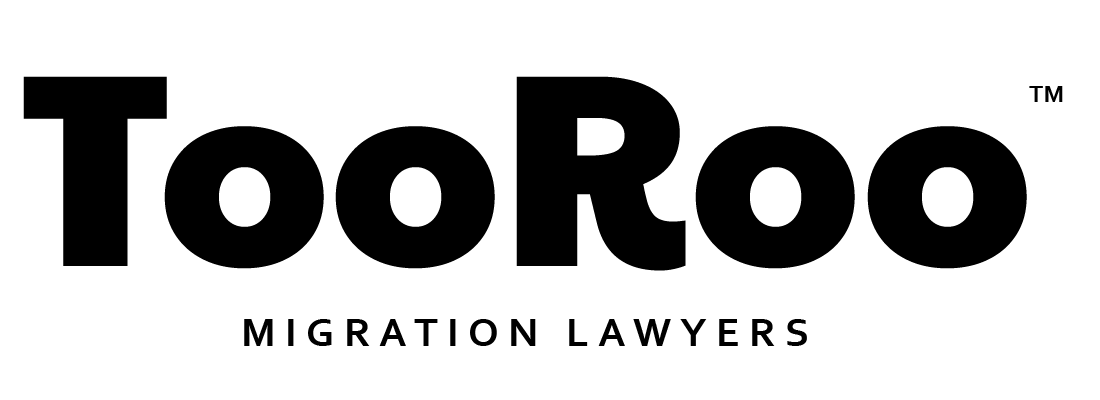How Immigration Reforms Can Address Australia's Workforce Shortages
Australia is at a pivotal moment when it comes to workforce development and economic growth. With a tightening labour market and critical skills shortages, immigration policies are under the spotlight. Employers across the country are not just seeking skilled professionals from abroad—they’re calling for transformative reforms to enhance the effectiveness of the migration system.
The Current Landscape
According to the World Economic Forum’s Future of Jobs Report, 45% of Australian employers believe that immigration policies need to change to better attract global talent. This figure far exceeds the global average of 26%, highlighting the urgency of the issue in Australia. From healthcare and construction to technology and education, sectors across the board are struggling to find qualified professionals to meet demand.
A recent survey conducted by the Australian HR Institute (AHRI) revealed that 41% of employers actively hire overseas nationals. In the public sector, this figure rises to 60%, compared to 37% in the private sector. This reliance on migrant workers underscores the crucial role that immigration plays in bolstering Australia’s labour market.
Challenges in the Workforce
Despite the focus on attracting skilled migrants, many employers face persistent challenges:
Skills Gaps: Around 20% of employers report that Australian workers are not fully proficient in their roles, leading to productivity losses. The primary reasons include rapidly changing business needs, insufficient training, and limited upskilling opportunities.
Underutilised Migrant Talent: A significant number of skilled migrants are employed in roles far below their qualifications. A study by AMES Australia found that better matching migrants to jobs in their fields could add over $10 billion to the economy within five years.
Barriers to Regional Employment: Regional areas often experience the greatest skill shortages but face challenges in attracting both domestic and international talent. Improved regional sponsorship programmes could help address these disparities.
Employer-Led Solutions
Employers and industry leaders have proposed several initiatives to address these challenges:
Targeted Migration Strategies: Policies should focus on identifying and attracting professionals in high-demand fields such as engineering, healthcare, and construction. Regional programmes tailored to specific local needs could also play a critical role.
Streamlined Visa Processes: Simplifying visa applications, lowering English language requirements for non-licensed trades, and reducing processing times could make Australia a more attractive destination for skilled migrants.
Upskilling Initiatives: Companies are increasingly investing in reskilling and upskilling programmes to bridge gaps for both local and international workers. Funding support from the government could amplify these efforts.
Flexibility in Employment Policies: Revising labour laws to accommodate remote work and flexible hiring practices can help companies access a broader talent pool, including international candidates.
The Path Forward
Immigration reforms are not just about filling immediate vacancies—they’re about building a sustainable, competitive workforce. For Australia to thrive in a globalised economy, its migration policies must align with long-term workforce development goals. By adopting a more dynamic and inclusive approach, Australia can harness the full potential of its migrant workforce, drive economic growth, and remain a destination of choice for global talent.
At TooRoo Migration Lawyers, we specialise in helping employers and skilled migrants navigate Australia’s complex immigration system. Whether you’re an employer looking to sponsor overseas talent or a professional seeking to make Australia your new home, our team is here to guide you every step of the way. Contact us today to learn more about how we can assist with your immigration needs.

